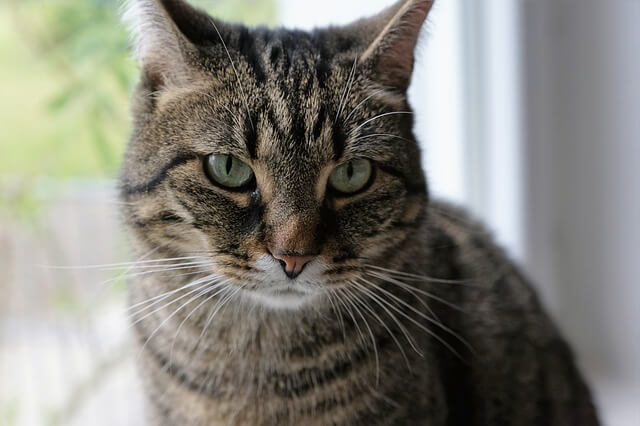A house cat in Wyoming has been diagnosed with bubonic plague – and it’s not the first one. This is the third cat to have been infected with the disease within the past six months.
Don’t let the words “bubonic plague” cause you to panic. When most of us hear the words we think of the pandemic from the late middle ages that wiped out a third of human life in Europe. You might be surprised to hear that the bubonic plague never actually disappeared, but is still frequently found in wildlife on every continent except Antarctica. There are 7 cases of bubonic plague reported in humans each year, but a death rate of only 11%. Unlike the people of the middle ages, we have antibiotics that are effective in fighting off the disease before it causes too much damage.

The infected cat, named Kaycee, was often allowed to wander outdoors alone. Veterinarians believe that she must have come into contact with an animal that was carrying the bacteria that causes the disease. It’s another reason to keep your cat indoors.
Cats infected with the plague may have swelling in their neck and face, fever, lethargy and diarrhea. If you see any of these symptoms in your cat, they should be taken immediately to the vet. Plague can be cured with antibiotics if caught quickly. Use caution if your cat is infected – the disease can be transmitted between pets and people, and the symptoms are similar in humans.
You can protect your cat by keeping him indoors, staying up to date on flea medication, and keeping your clothes and home free of fleas. Wild rodents, whether they’re dead or alive, should be avoided.
Learn more about the plague and keeping your family safe at CDC.gov.
H/T: livescience.com
